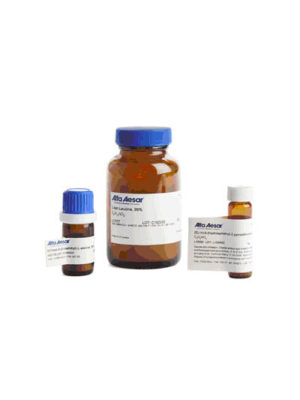Terpenes

Terpenes
Terpenes are hydrocarbons built up from isoprene (C5H8) units, having the formula (C5H8)n, where n is the number of linked isoprene units. Terpenes are usually grouped according to the number of isoprene units, monoterpenes-two (camphor, menthol), sesquiterpenes-three (nerolidol, farnesol), diterpenes-four (phytol, Vitamin A1), triterpenes-six (squalene, ursolic acid) and tetraterpenes-eight units. The carotenoid pigments are tetraterpenes. When terpenes undergo oxidation, the resulting compounds are terpenoids or isoprenoids.
Many terpenes are used in cosmetics. Terpenes are used as air-fresheners or quick aroma-release agents and cleansers. They find widespread use as a flavour additive in food production. They also have promising antibacterial, antioxidant, antitumor, and phytotoxic bioactivities. Turpentine, composed mainly of monoterpenes, specifically alpha-pinene and beta-pinene, and used in organic synthesis to produce camphor, linalool, alpha-terpineol, and geraniol, is commonly used in the treatment of acute and chronic bronchitis. As a solvent, it is used for oil-based paints, and varnishes. The anti-inflammatory activity of terpenes has been recently reviewed as a function of its structural modifications (Review: de Santana Souza, M. T.; Almeida, J. R. G. d. S.; de Souza Araujo, A. A.; Duarte, M. C.; Gelain, D. P.; Moreira, J. C. F.; dos Santos, M. R. V.; Quintans-Júnior, L. J. Structure-Activity Relationship of Terpenes with Anti-Inflammatory Profile – A Systematic Review. Basic & Clinical Pharmacology & Toxicology 2014, 115, 244-256).


